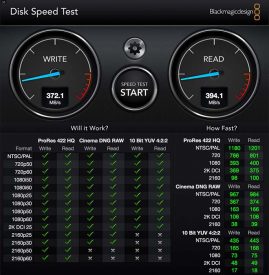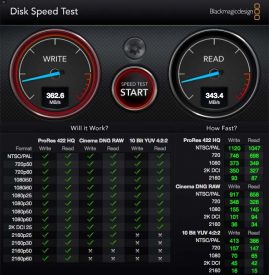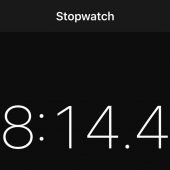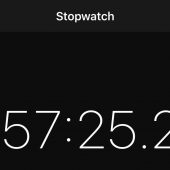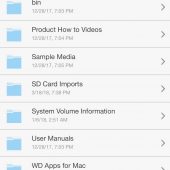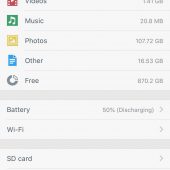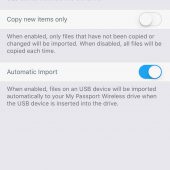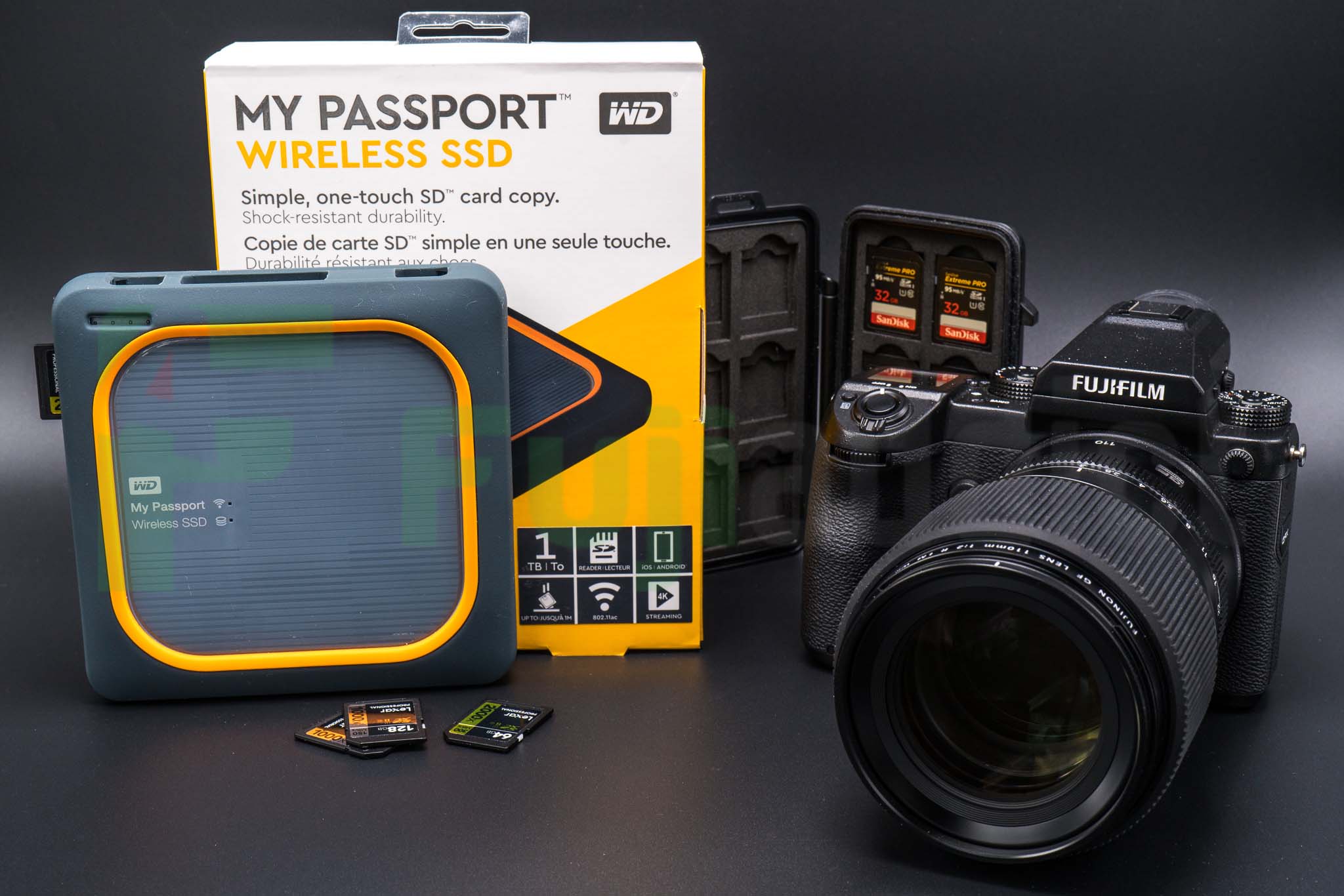
Generally speaking, I have been a fan of Western Digital products for a very long time. I bought their products almost exclusively for a few decades after having other brands fail on me repeatedly; so I jumped at the opportunity to review their My Passport Wireless SSD.
Western Digital was a little late getting into SSD, so when I got into SSDs almost a decade ago, I had to venture into brands beyond them for the first time in a while. I love high-performance computing and spinning disks like the Raptor just weren’t fast enough anymore. The thing about getting into high-speed storage is that interface matters more than just about anything else unless you are performing a task that stresses 4K (4096byte) read/write performance, which is kind of beyond what this device is designed for, but it holds it’s own.
This leads to my main disappointment with the My Passport Wireless SSD, it should have come equipped with Thunderbolt and a faster SD card reader. While the SSD inside the My Passport Wireless SSD isn’t extraordinarily fast from what I can tell, it can saturate it’s USB 3.0 interface, which performs inconsistently across computers thanks to the various USB 3.0 implementations that exist.
- MyBook USB 3.0 Mac Book Pro
- MyBook USB 3.0 Mac Pro
Write speed on my Mac Pro and MacBook Pro were consistent at 372.1 MB/s, while read speeds came in at 394.1MB/s on the MBP and 333.7MB/s on the MP. Similar limitations exist for other external USB 3.0 SSDs designed for performance, my MacBook Pro was able to achieve 414.3MB/s write and 422.2MB/s read, while my Mac Pro could only achieve 363.6MB/s write and 343.4MB/s read with my old Samsung 1TB drive. This is compared to the 1,000MB/s plus speeds I have achieved with various SSD devices attached to Thunderbolt.
- Samsung USB 3.0 Mac Book Pro
- Samsung USB 3.0 Mac Pro
At this price point, I would like to see a little more performance, and the drive inside is probably limited by the USB 3.0 interface. The whole system performs well enough to be considered fast, but it is not extraordinary, and it could have been with a few changes.
- 64GB Lexar 2000x backup to My Book SSD
- 64GB Lexar 1000x backup to My Book SSD
- 64GB Lexar 133x backup to My Book SSD
Since I plan to use it primarily for on-location backup I felt that its ability to back up cards quickly is important, so I tested a variety of UHS-II cards that ranged in speed from 300 MB/s – 150 MB/s. I measured no perceivable difference in their backup speed. 64GB Lexar 2000x and 1000x cards backed up in 18 minutes 14.44 seconds and 18 minutes 23.29 seconds respectively, while my slowest 64 gig cards took 1 hour 57 minutes 25.27 seconds to back up. This is slightly slower than backing up to my computer, except with the 2000x card, which is much quicker, taking only 4 minutes and 22.20 seconds. It’s likely that the SD card reader is optimized for 95MB/s SD Cards and my 32 gig card testing seems to bear that out, but I no longer use such small cards.
Wifi is a nice feature, and 802.11ac/n Wi-Fi is usable, but the app/software to use it is buggy on my iPhone X, so I used it as little as possible. If I am using an SSD, I want to be able to access it as quickly as possible, so I would appreciate a Thunderbolt 2/3 port more than USB/WiFi that can’t fully utilize the speed of an SSD. I am sure some will use this drive to edit off on their iPad, but I work in large chunks of photos that I want to be able to manipulate quickly and that only really works well when hardwired to a computer at this time.
The My Passport Wireless SSD comes with Paragon NTFS for Mac, which is needed because the SSD runs NTFS. NTFS is an interesting choice for a mobile backup file system, and I am surprised they didn’t go with ZFS for file integrity. I don’t want to pull the drive apart, and possibly break it, figuring out the logic behind Western Digital’s choices. The use of NTFS has me wondering what makes the whole thing tick and maybe someday I’ll take it apart and find out, but not while it is fully functional.
The SSD inside was most likely picked for durability and low energy use, while the battery inside makes the unit quite heavy. The Wifi and onboard processor, along with the SSD, get warm when in use for extended periods of time. If Western Digital used an aluminum case, or partially aluminum, it might have dissipated heat a little better, but the plastic casing they chose to use instead feels durable and like quality plastic. The rubberized sleeve that goes over the case feels good, but I wish it was affixed to the case permanently and had port covers. The current design moves/stretches, which can interfere with the SD card slot and cause cards to get stuck in the slot sometimes when they slip behind the cover. I also worry about debrite getting in the SD card slot, but I did not want to dump beach sand in it to find out.
The battery life of the My Passport Wireless SSD was good, and it lasted all day as advertised, but if you want it to last longer than one single work day you will need to power it off when not in use. The 6,700 mAh battery that doubles as a power bank is versatile and works at 1.5A when the drive is powered off and 0.9A when it is powered on, but I wish it were 2.1A for iPads. The drive is also picky about how you charge it, so make sure your USB charger of choice works if you do not use the bundled charger by checking the battery indicator/file copy indicator.
The ability to create and edit anywhere with the My Passport Wireless SSD is a useful one for some, but my preferred usage scenario involves backing up high-speed SD cards around 64-128 gigabytes in size for editing later. If you’re a big fan of redundancy, you could rotate out a bunch of fast, small cards with a very large slow card in your second SD card slot. That way you can keep all of your files in two places and rotate out your high-speed storage; but it depends on your camera’s SD card slot speed configuration.
An accessory like the My Passport Wireless SSD has been on my wishlist since I suffered a corrupt memory card on a once in a lifetime trip almost a decade ago, but at the time there weren’t any options. The best that could be done was backing up to your laptop asap, but laptops only ran for 2 hours max on battery power back then, and my data was already toast, so I had to wait for my data recovery software to recognize my RAW files for even the possibility of recovering my photos.
Now I approach every project with a plan and try to use cameras with dual SD card slots whenever possible. It’s here that using a product like the My Passport Wireless SSD adds a layer of security that is unmatched by just having dual SD cards because SSDs are incredibly stable places to keep data. You can just swap your cards all day long and let them auto backup or you can use push button backup if you want a little more control. The drive will even read other card types with USB 2.0 card readers connected to the USB port, but I didn’t try that function since all my cameras use SD cards.
The My Passport Wireless SSD will not wow you with speed unless you have not used an SSD before, but it’s a good start, and I think Western Digital will continue to improve the design and price point going forward. It is a luxury product at $499 for 1TB of storage, and I feel they could offer a little more for the money. That being said, there really isn’t a competitor out there at this time and, if you are heavily invested in Western Digital’s my cloud system at the moment, I am sure there is a lot of extra value to be had if you do not experience any bugs with their software.
